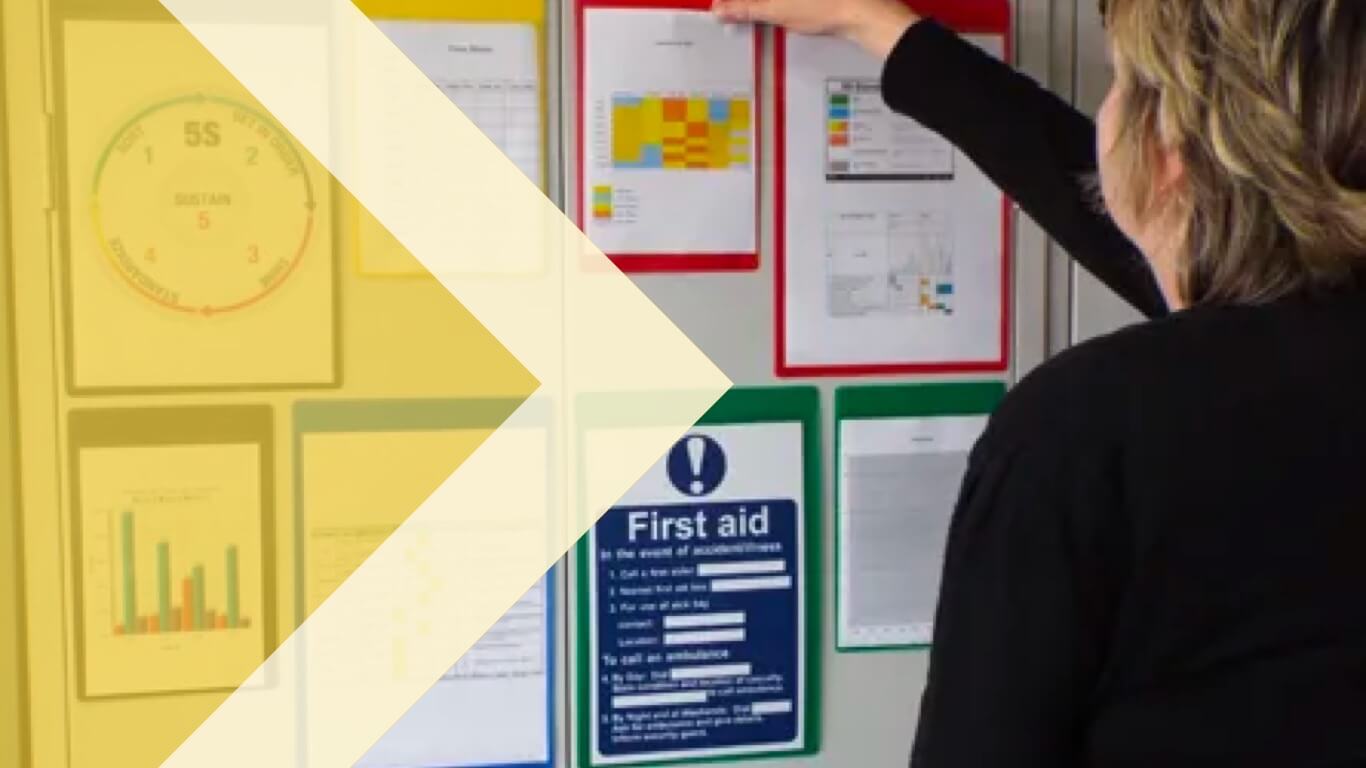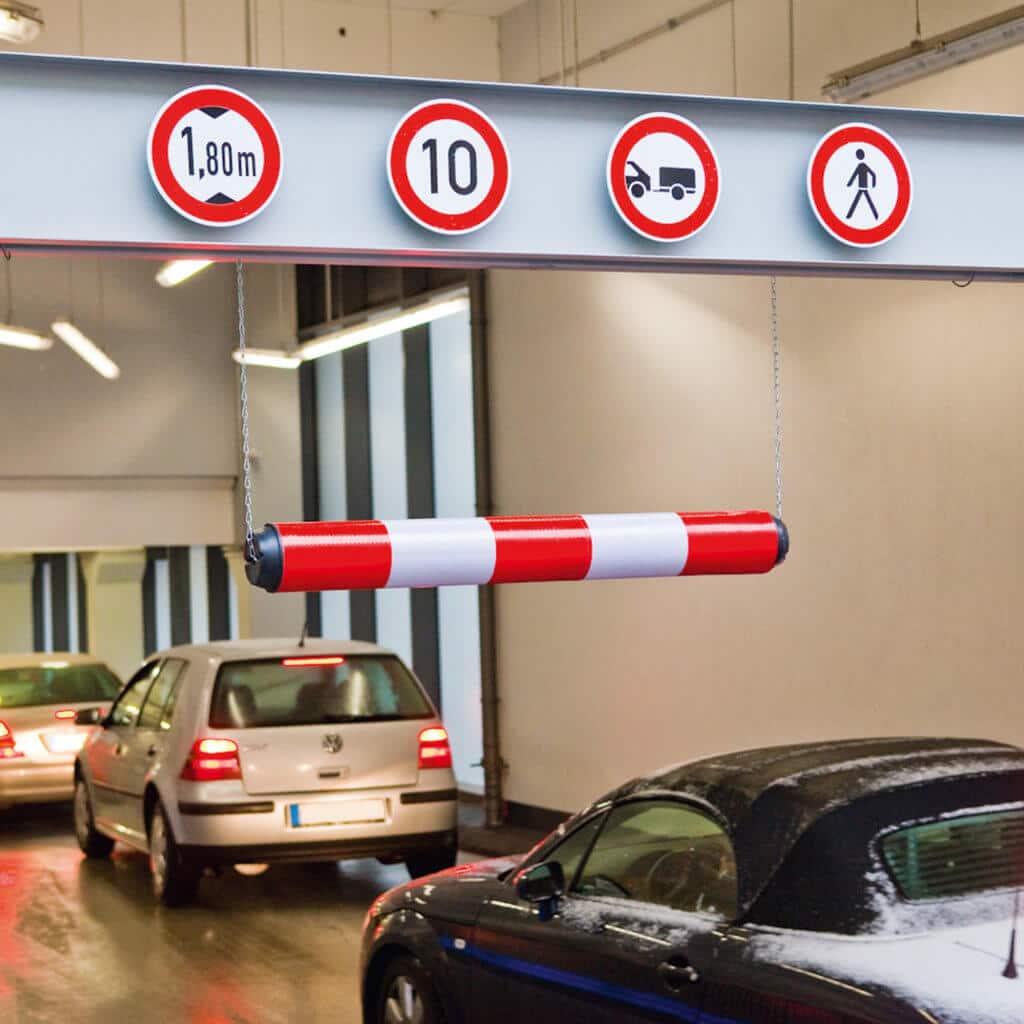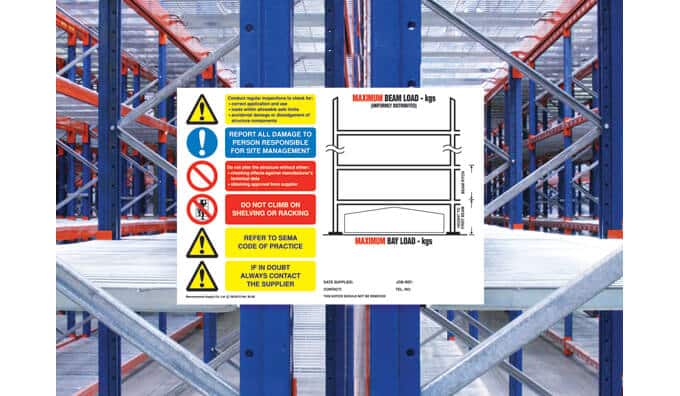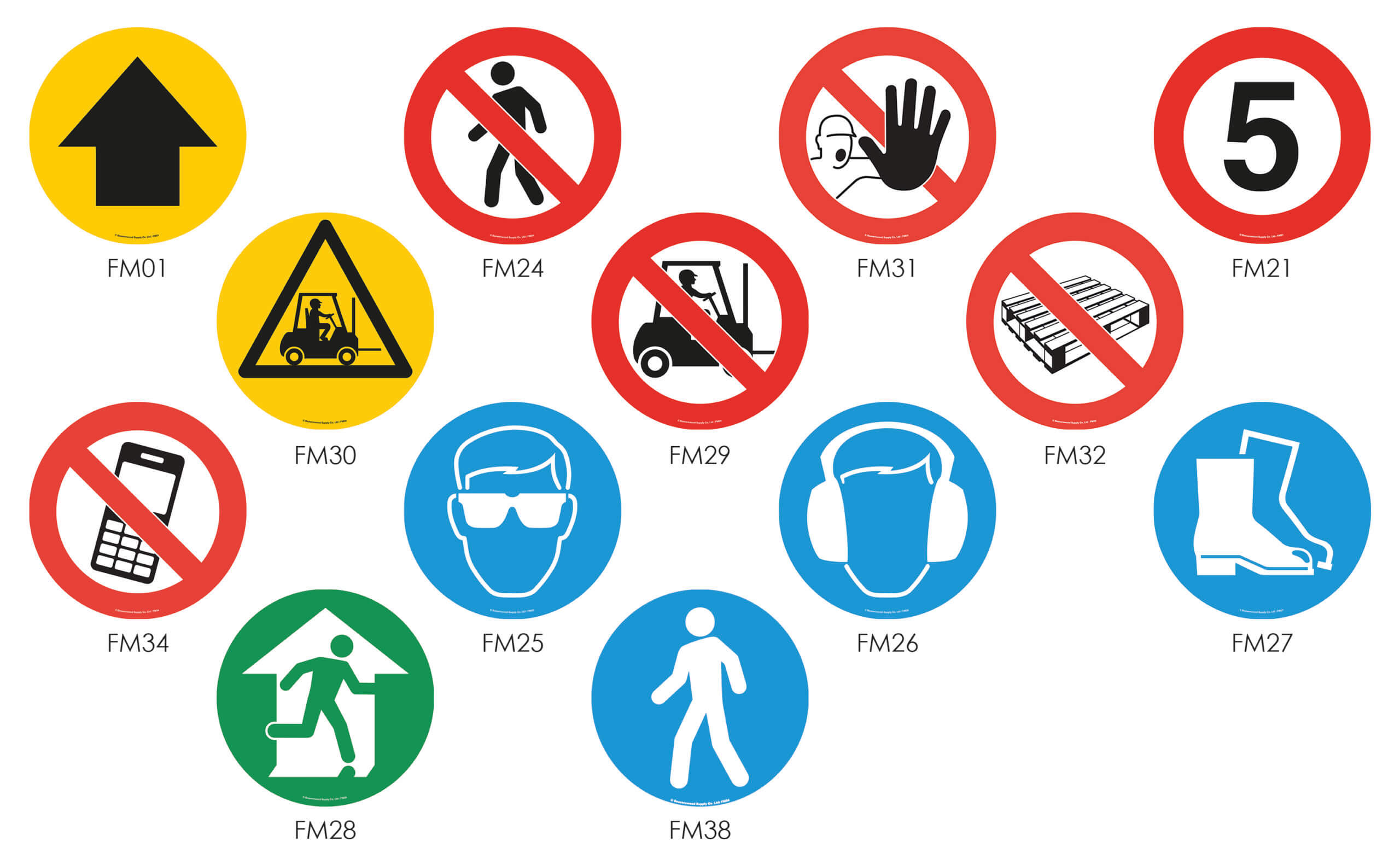Employers have an ethical and legal duty to constantly evaluate the risks in their workplace. One of the easiest ways to keep people safe is simply to use clear and relevant safety signs. So, where do you start?
The best workplace safety signage can be low cost but will serve a vital communication purpose. The only challenging aspect is knowing where and when to erect warning and information signs in and around your premises.
Do only hazardous operations need to worry about safety signs?
As this guide shows, every employer has an urgent need for some form of Health & Safety labelling, markers and information boards.
Why are safety signs universal?
Depending on your business operations, your health and safety obligations could be complex and subject to constant change, or relatively straightforward. However, even offices now need specialist safety signs to protect their occupants from harm.
COVID-19 handwashing, social distancing and one-way reminders are the perfect illustrations of the way signage has become a concern for even the smallest enterprises. Clearly indicated First Aid points, fire exits and fire safety equipment require unmissable indicators in all business properties too.
Evaluating more specific safety signage
Beyond the most obvious safety signs, each organisation has diverse regulatory duties under the Government’s HSE rules. The guidelines say: “Employers must provide safety signs if there is a significant risk that can’t be avoided or controlled in any other way, such as through safe systems of work or engineering controls.”
So, what sort of thing does this relate to, in your workplace?
- Areas that need specific warnings against any actions deemed dangerous and prohibited.
- Signs highlighting the safeguards, procedures and equipment used for protection purposes.
- Clear indicators that people are near a hazard or potentially dangerous situation.
- Markers to help locate essential safety gear and fire safety equipment.
As you can see this covers a wide range of places, activities and risks. From people standing too close to the edge of balconies or loading bay doors, to handling chemicals such as cleaning agents.
Also, anywhere that wiring and cables are used needs to be subject to relevant measures to avoid electrocution and trips. Including safety signs showing the dangers of improper use of electrical equipment and sources.
As another illustration, your safeguards for protective purposes may relate to lifting and carrying. Have you got signs up to remind staff about the Dos and Don’ts and the best way to avoid workplace injuries?
A further example is posting sufficient reminders about where PPE is located and how to use it properly.
Even the simplest COVID-19 floor markers, no smoking signs and ‘Slippery When Wet’ boards can put you on the right side of workplace safety. The same logical approach to risk assessment extends outdoors too.
Such as car park pedestrian walkway stickers, no trespassers signs and vehicle entrance clatter bars overprinted with height restrictions.
Non-compliance on safety signage
Turning this issue on its head, what harm is there in not erecting safety signs, or failing to replace outdated or damaged ones?
It puts you in breach of Health & Safety rules, with all the potential penalties that bring. Also, failure in your duty of care to staff and visitors can result in civil litigation or even criminal charges. Fighting this becomes more of a nightmare if your lack of commitment to safety signage voided your business insurance.
Though of course, the ultimate penalty for leaving people exposed to risks is that you will have a serious injury or death on your conscience.
HSE research shows “slipping and tripping to be the single most common cause of major injury in UK workplaces.” Yet this is something that signage can help to resolve, as well as anti-slip mats and so forth.
Also, how many of the 147 UK workplace deaths in 2019 were preventable, with better communication about dangers and more effective access to emergency response equipment?
Something no employer can take lightly
There is another item to add to the repercussions of having poor or non-existent safety signage in workplaces. You stand to lose your reputation as an employer and as a supplier who takes their obligations seriously.
Having the correct safety signage for your premises and type of business operations demonstrates your organisation is caring, thorough and well-managed.
Walking around your entire site and considering the list of priorities outlined above can help you to create a comprehensive shopping list of safety signs.
Or, contact us for help in finding the correct safety signs for your premise, business operations and potential risks.



